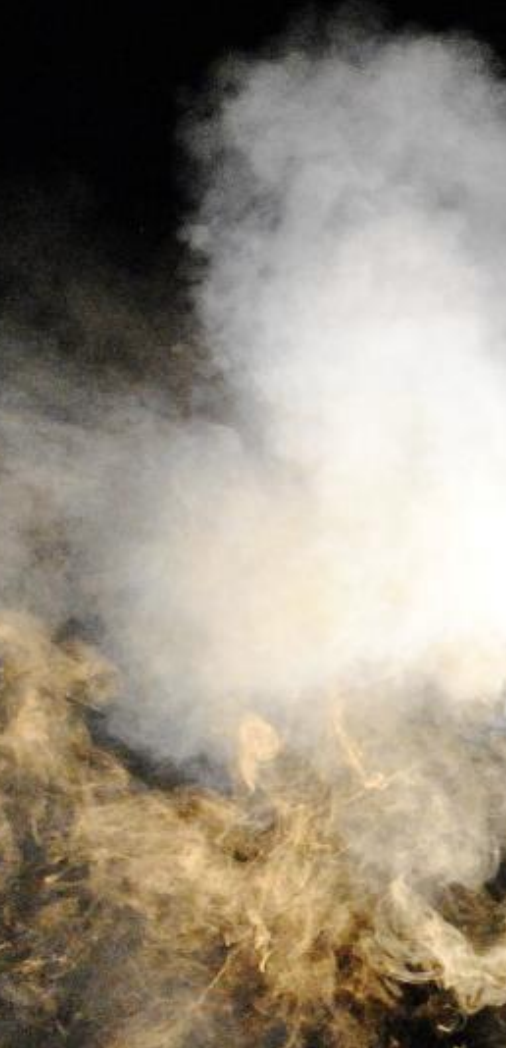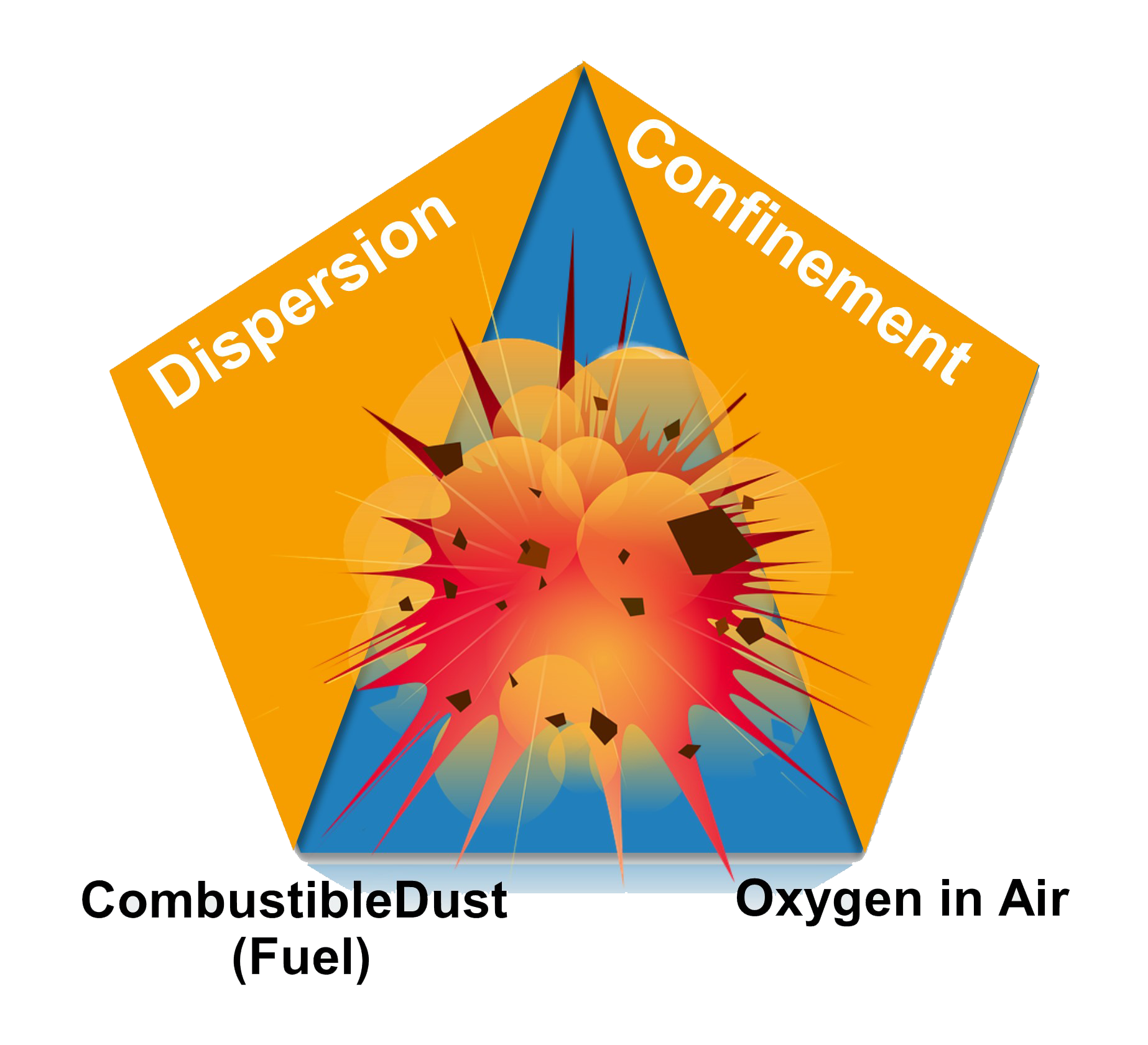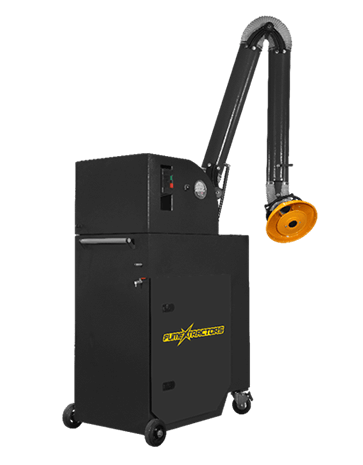Understanding Combustible Dust Hazards in Welding Environments
Combustible dust is a metallic or non-metallic material composed of distinct particulate that presents a fire or explosion hazard when met with air, or other oxidizing mediums, over a variety of concentrations.
Combustible dust is generated when materials are being transported, handled, processed, shaped, or polished, and during cutting, sifting, mixing, and abrasive blasting applications.
Dust that is contained inside of processing equipment or ventilation systems can deposit into ducts and become concentrated in collection systems such as baghouses. Equipment that is used to store, collect or, handle combustible dust requires specific design features to reduce the risk of dexplosion.
Welding, cutting, and other hot work processes are the cause of many workplace dust explosions. Combustible dust trails on surfaces can act as a fuse to serve as a source of ignition in other areas.
Facilities at risk of a fire or combustible dust explosion can reduce risks by following the NFPA’s recommended guidelines. To prevent combustible dust from escaping into the work environment, central dust collectors and wet downdraft tables are required to control contaminants. Dust control equipment must be designed to prevent dust explosion and deflagration hazards.




